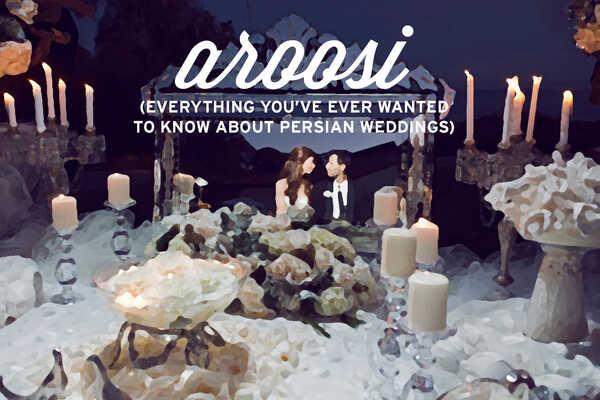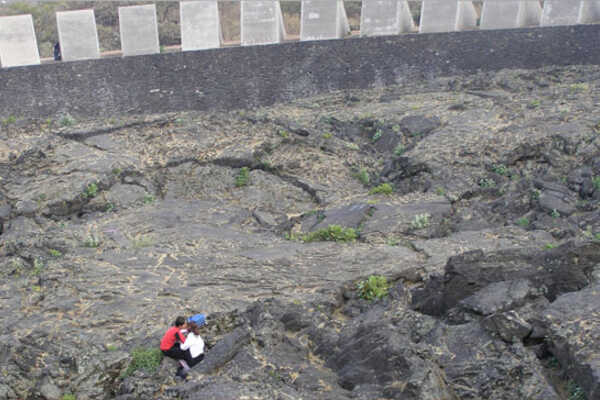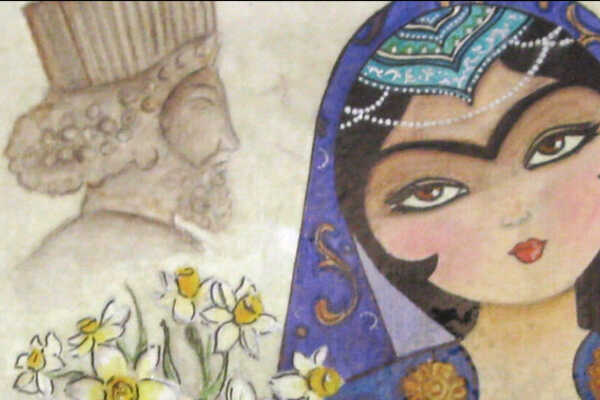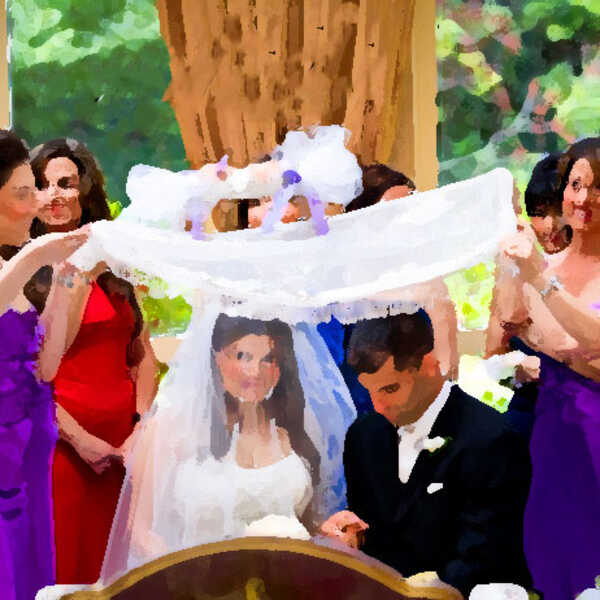
The Persian Wedding Aghd (Ceremony), a Step by Step Journey
In part 1 of our wedding series, we set the stage on which the events of a Persian wedding occur. We also described each of the elements of the sofreyé aghd, the table on which all the symbolic elements of the wedding are placed. In this post, let’s explore what actually takes place during the aghd, or ceremony.
First: The Set-Up and Some Words about Marriage
The groom is seated on the stool at the end of the sofreyé aghd. He is facing the guests with the mirror and candlesticks faced towards him. He can see his reflection in the mirror, representing eternity. The candlesticks are lit before the ceremony begins. There are two of them representing the bride and groom and the eternal light and passion they will share with one another. This fire element comes directly from Zoroastrian tradition, like most of the other traditions of the ceremony.
The bride enters wearing a veil, often accompanied by her mother and father. She has a seat to the left of the groom. After having a seat, she lifts her veil, and the groom’s first image of her is in the mirror before him.
The bride and groom sit beneath a canopy held up either by female family members, or in modern weddings, by the members of the bride’s bridal party. This canopy signifies that the bride and groom are now combined under the same umbrella or roof.
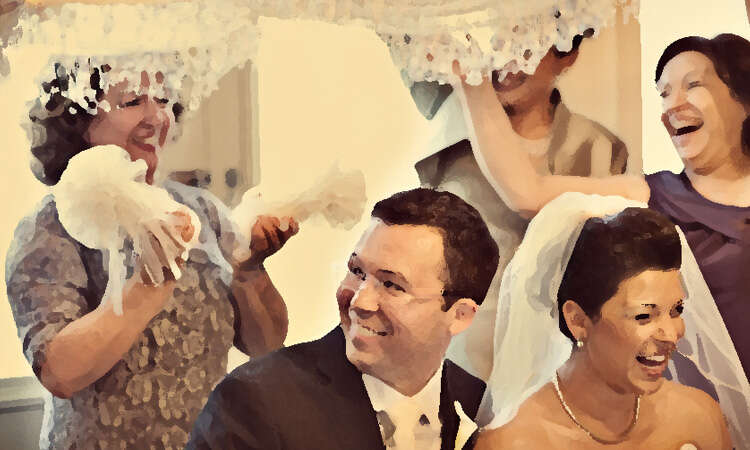
The ceremony officiant is generally someone who can legally sign the marriage documents. He (the officiant is almost always an older male), will start the proceeding by reading verses from the Quran, and saying a few things about marriage. In modern weddings, official documents are often signed before the ceremony, and if the couple is not religious, a secular officiant is chosen. In this case, rather than reciting religious texts, poetry is read, usually the poetry of Hafez, Sa’adi, or Rumi.
While the officiant is talking, happily married women (starting with family members, and then expanding to friends among the guests) take turns rubbing sugar cones together above the canopy. The sugar granules sprinkle onto the canopy, signifying showering the couple in sweetness.
Next: The Consent
At this point in the ceremony, the officiant asks for the consent of the bride and groom.
First, he asks the groom if he consents to marry the bride. The groom immediately says ‘balé’, or yes.
Next, he asks the bride- now this is the fun part. When he asks the bride, her goal is to make the guests, and especially the groom, a bit nervous by making them wait for an answer. So after he asks her if she consents to marrying the groom, she remains silent. After a couple seconds of nervous silence, someone from the audience yells out an excuse for why the bride isn’t answering. For instance, they might say- ‘The bride has gone out to pick flowers!’ The officiant asks again. Again, she remains silent, and a member of the audience shouts another excuse- ‘The bride has gone to get coffee with her friends!’. The officient asks a third time, and this time, the bride says ‘with the permission of my father and mother- balé!’ And everyone starts kelling (the loud lee-lee-lee-lee sounds all middle easterners make) and clapping in joy.
Next: Honey and Smooches
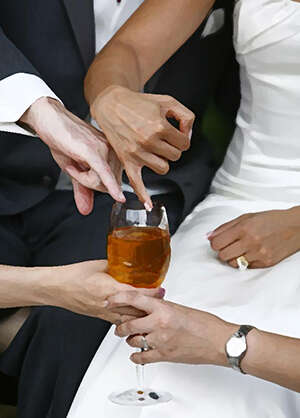
Now that the bride and groom have consented, a couple of things happen.
The groom lifts the veil from over the face of his bride and sees her for the first time in the mirror in front of them. The mirror signifies eternity, and they are seeing the reflection of their life together in eternity.
Now it’s time for the honey exchange, perhaps the most beautiful and sensual part of the wedding ceremony. After the consent has occurred, the groom picks up a jar of honey (asal) that from the table. He dips his little finger into the jar of honey, and feeds it to the bride. She then does the same for him. This is to symbolize that they will feed each other sweetness and sustenance throughout their lives together.
Finally, the groom is free to kiss (boos) his new bride.
Next: More Smooches
Now that the bride and groom have both consented and exchanged sweetness and kisses, their immediate family members rush to congratulate them, kissing each on the cheek, and often showering them with presents of gold (talā) jewelry. After the immediate family has congratulated the couple, the rest of the guests of the ceremony come up one by one to kiss the bride and groom and offer congratulations.
Finally: CELEBRATION!
After being kissed by everyone and their mothers, the bride and groom get up and exit the ceremony. As they walk back down the aisle, they are showered with coins, flower petals, and confetti eggs. Accompanied by joyous music and raucous merrymaking, they exit and get ready for the next part- the reception!
Key vocabulary words learned in this post:
- asal (honey)
- balé (yes)
- bā ejāzeyé mādar va pedaram, balé! (with the permission of my mother and father, yes!)
- talā (gold)
- boos (kiss)
